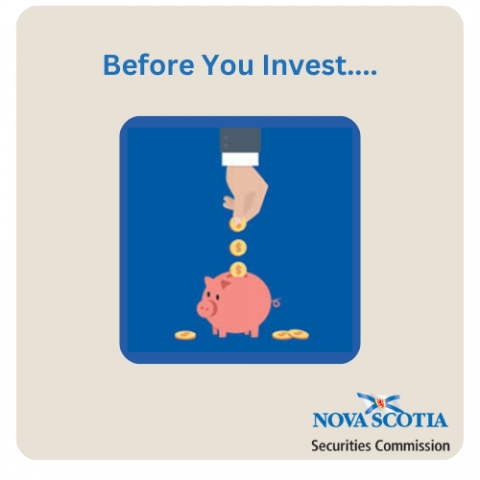Submitted by nsscadmin on

Our blog is entitled Before You Invest and is intended to provide investors with information they can use to make more informed decisions before they make an investment. What we’ve never really done is talk about what things you should do financially before you invest at all.
Here are a few things you may want to consider before you start investing that can get you started on more stable footing and help improve your long-term outlook.
1 – What are your financial goals?
Investing is a journey, and like any journey, it helps to know where you’re going before you set out. What are your financial goals in the short, medium, and long term. Short-term goals may be something you hope to accomplish in the next year. Medium-term goals in 2-5 years, while long-term goals are 10 years and longer. Knowing where you want to be next year, in five years, and in 25 years can make all the difference when making financial decisions, especially when it comes to investing.
2 – Pay down debt
For some people, paying down debt may be a better decision than putting it toward investing. That’s especially true if you can’t afford to do both. Look at this example. Let’s say you have some debt with very high interest. Credit card debt often falls into this category. If you have debt with a 19 percent interest rate, you’re essentially eating away at any investment returns you’re making by not tackling that debt first.
3 – Create an emergency fund
An emergency fund can be essential to keeping your finances on track should disaster strike. An emergency fund can come in handy in many situations. Maybe you lose your job. Maybe your car breaks down, a pipe bursts in your house, or your pet needs emergency medical attention. Without an established emergency fund, many people who run into these situations end up either going into debt or taking money out of their investments, which disrupts their financial plan.
4 – Decide how much you can afford to invest
Before you begin investing you need to know how much you can afford to invest without it causing stress on the rest of your finances. Developing a budget and mapping your financial plan is a necessity when trying to figure out how much you can afford to invest. After you’ve decided what percentage of your monthly budget can be invested, that number isn’t set in stone forever. Your investing amounts can be adjusted if for example your monthly income increases, or decreases, or your monthly expenditures suddenly change for some reason.
